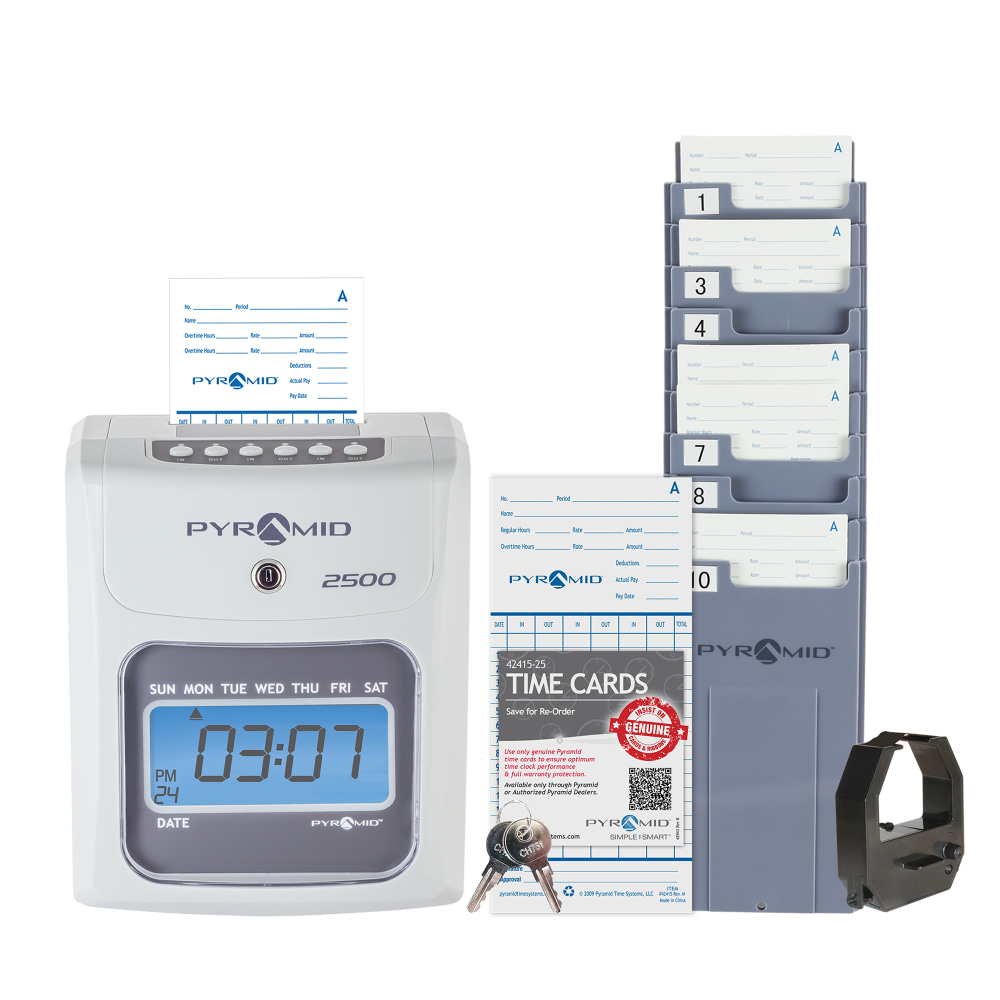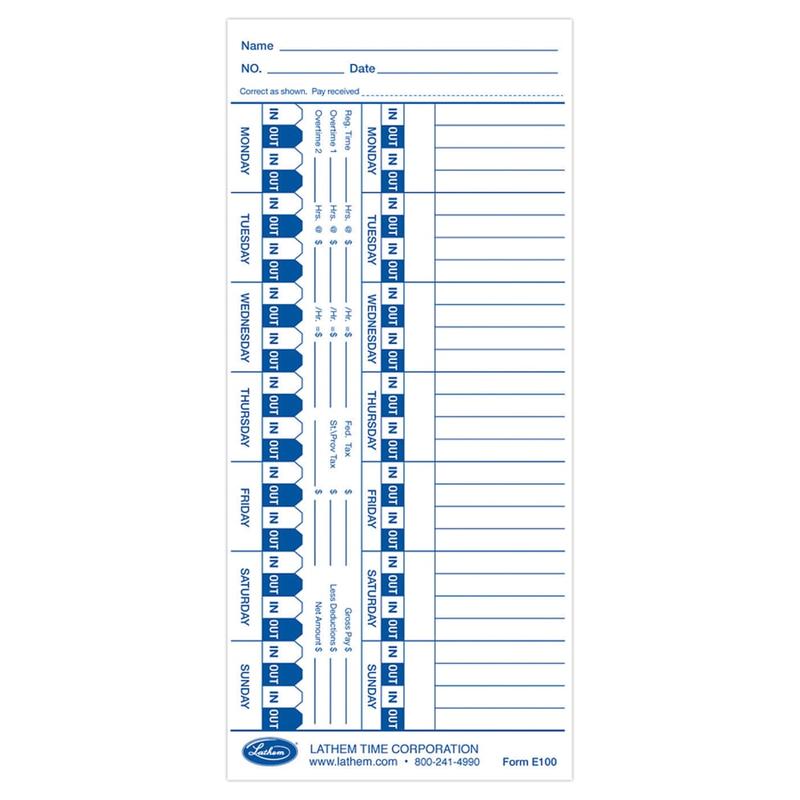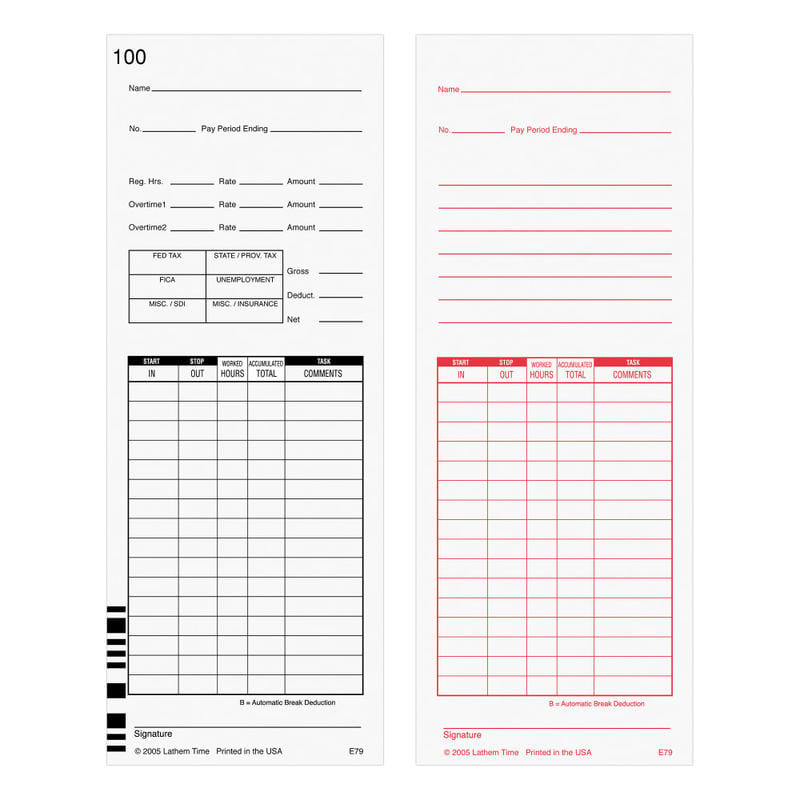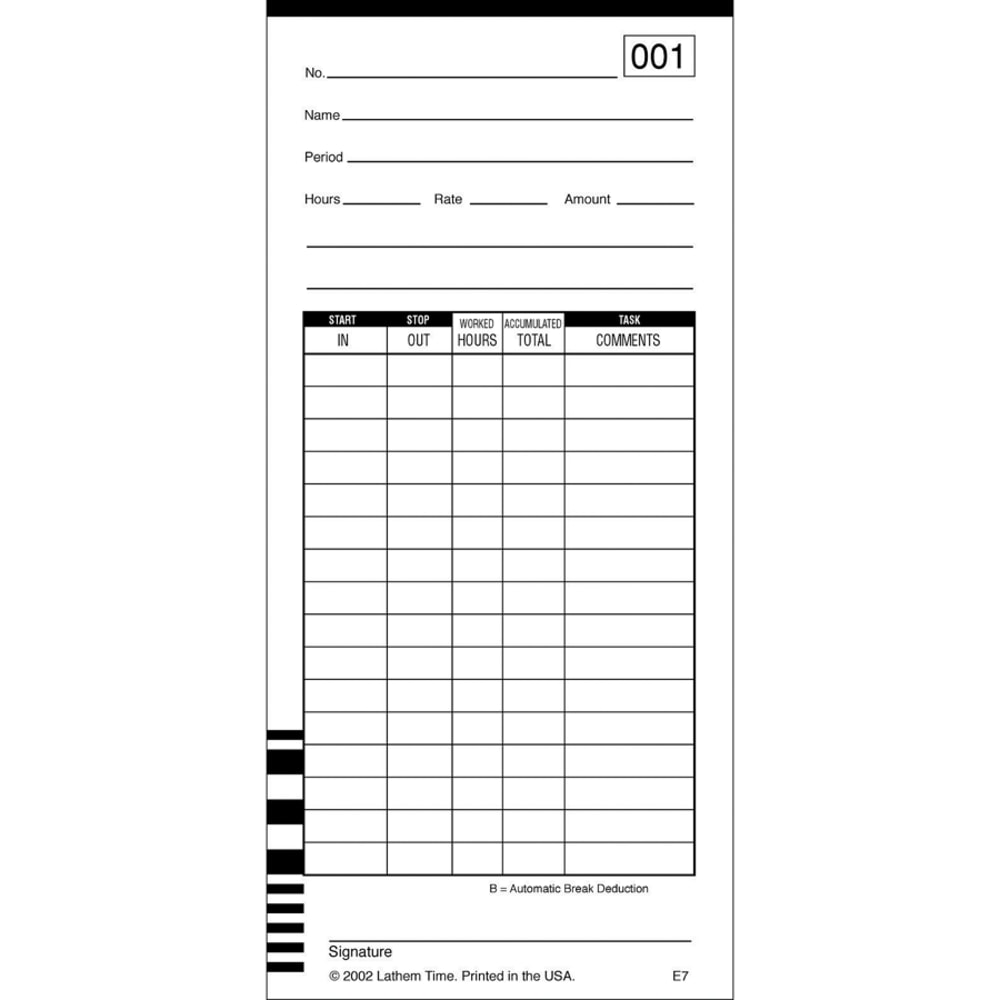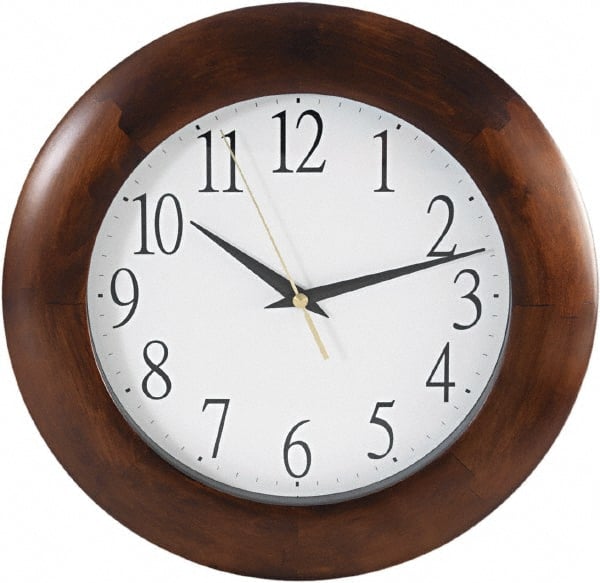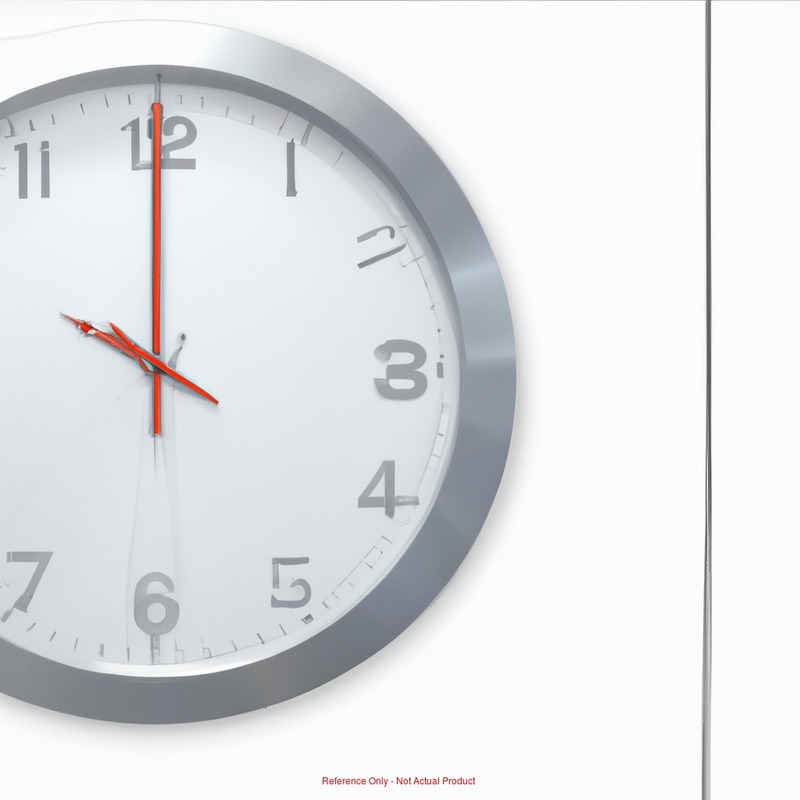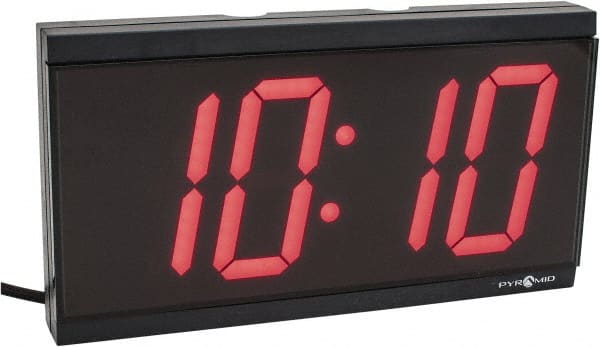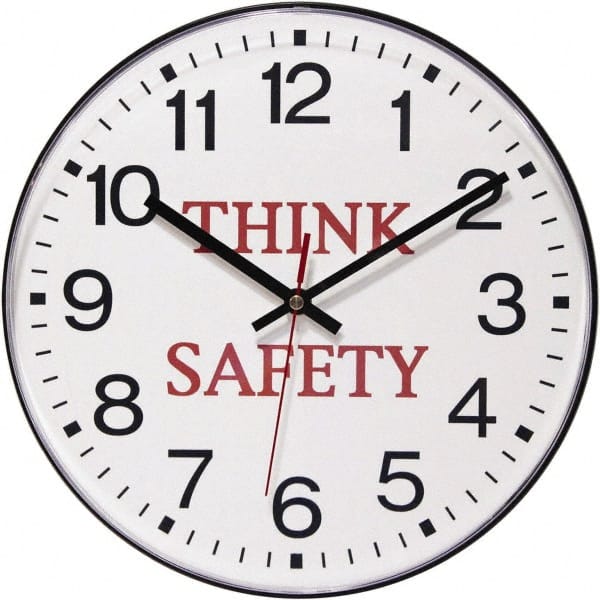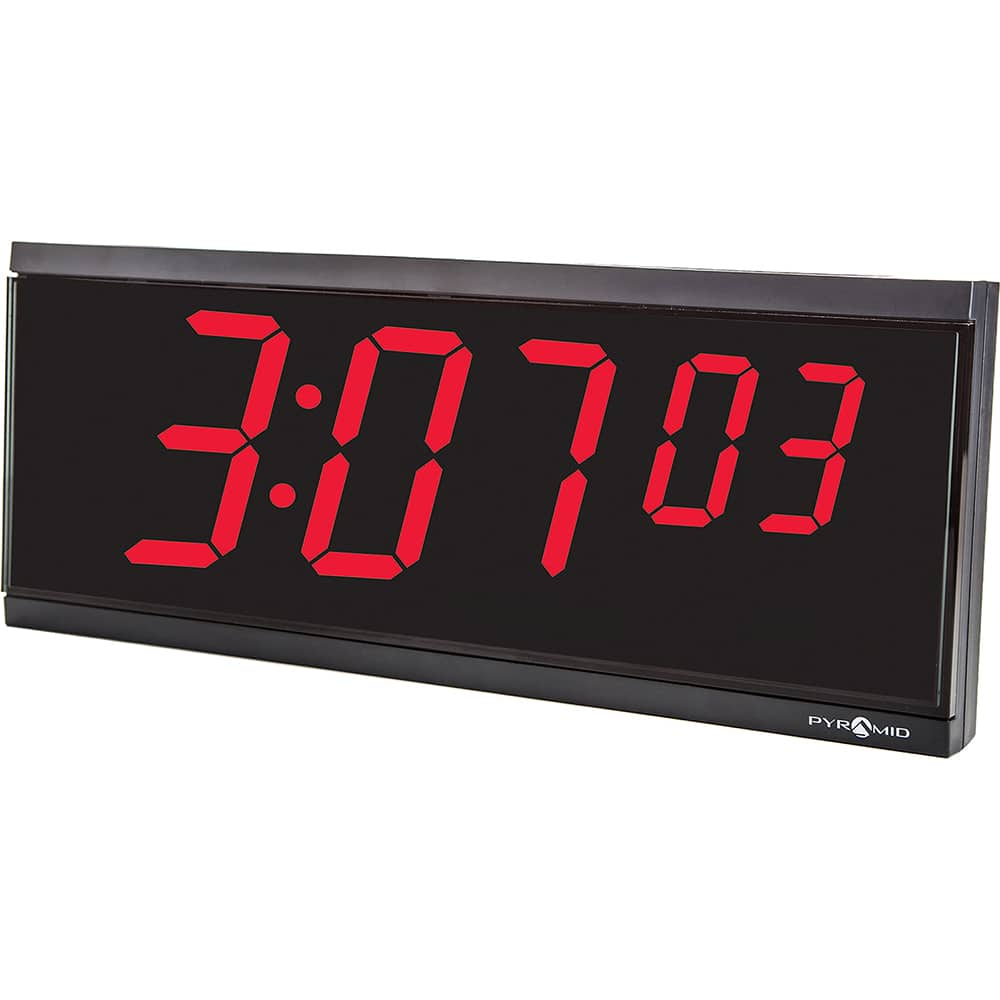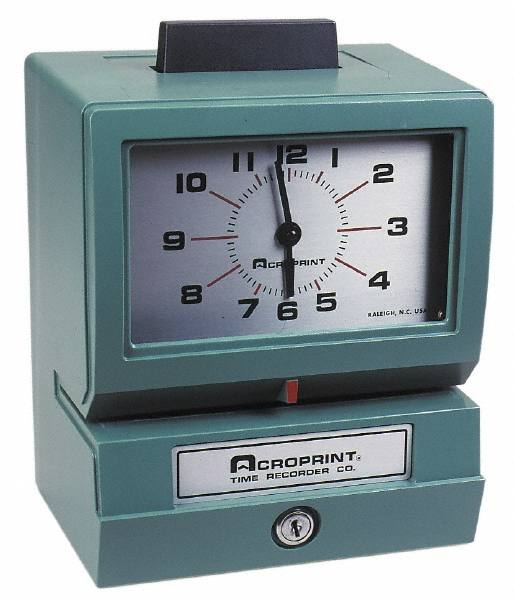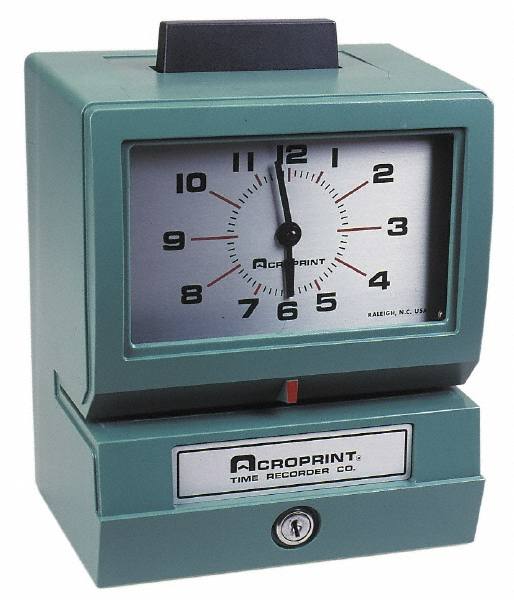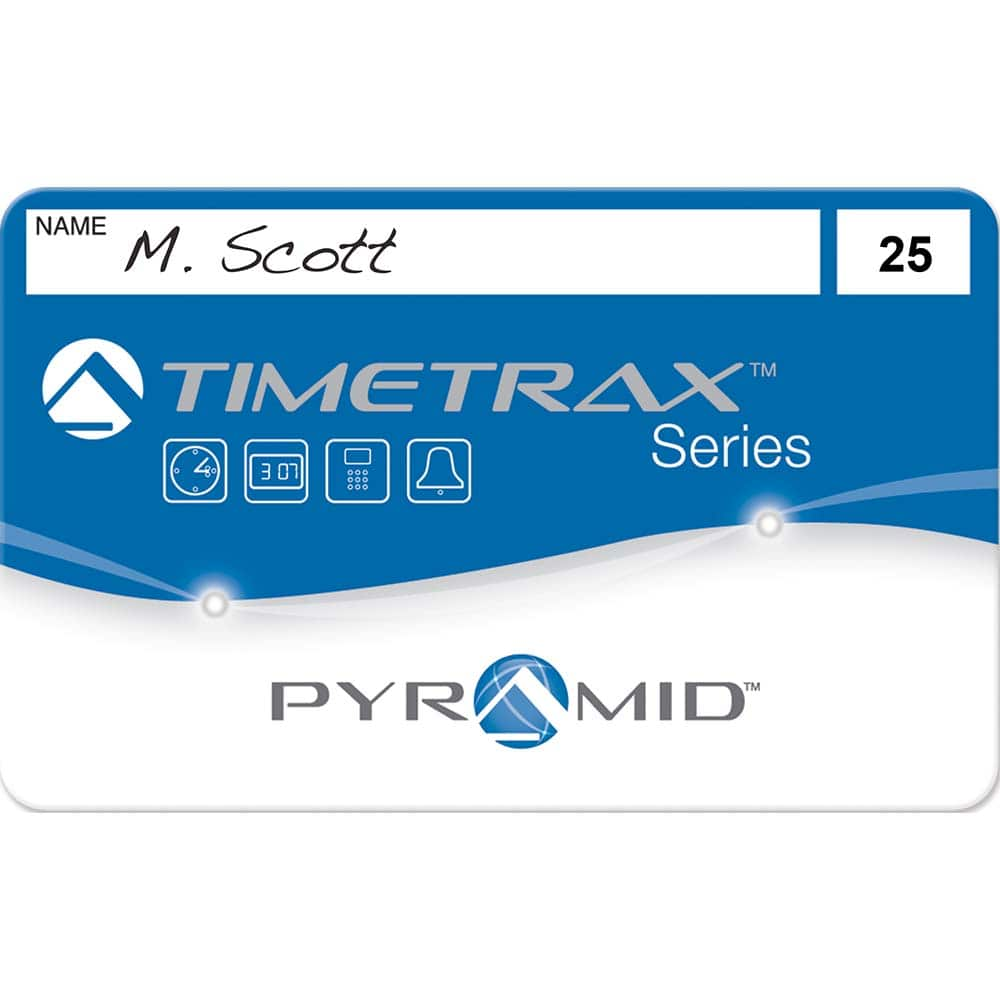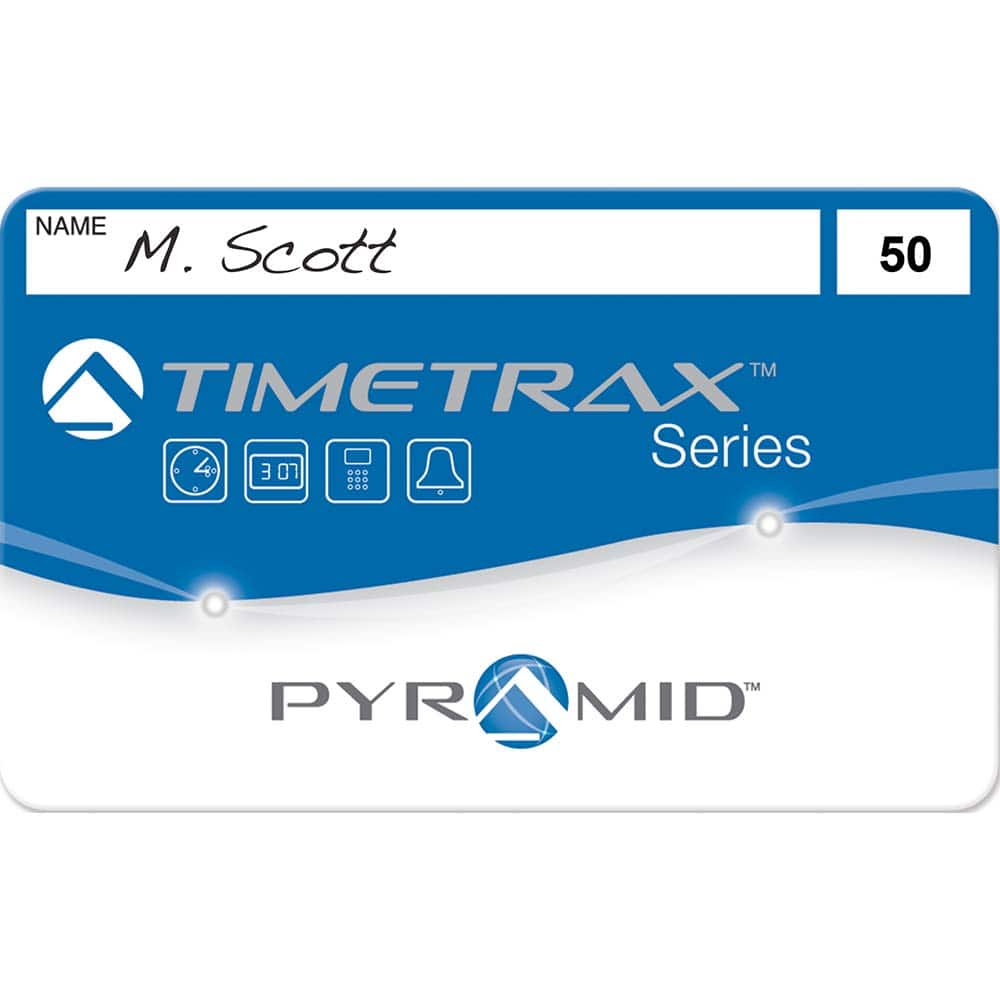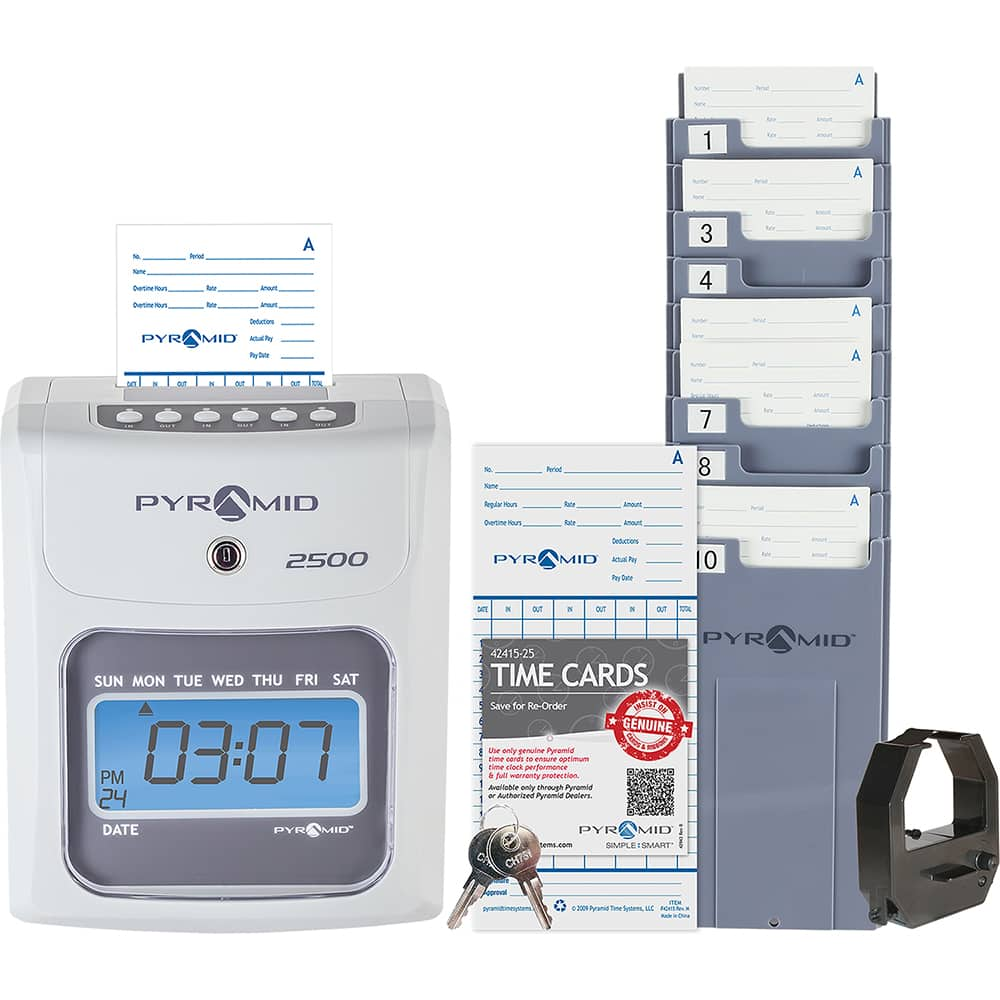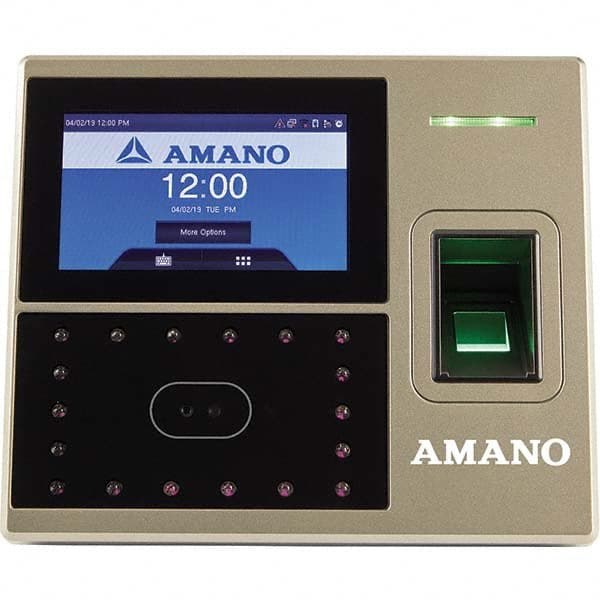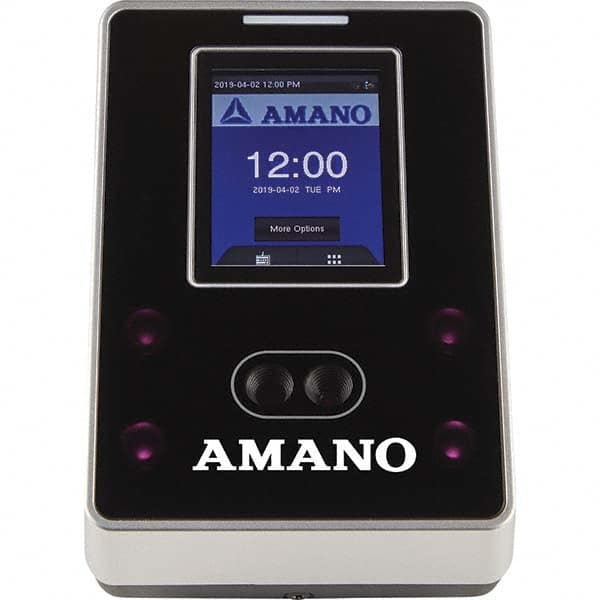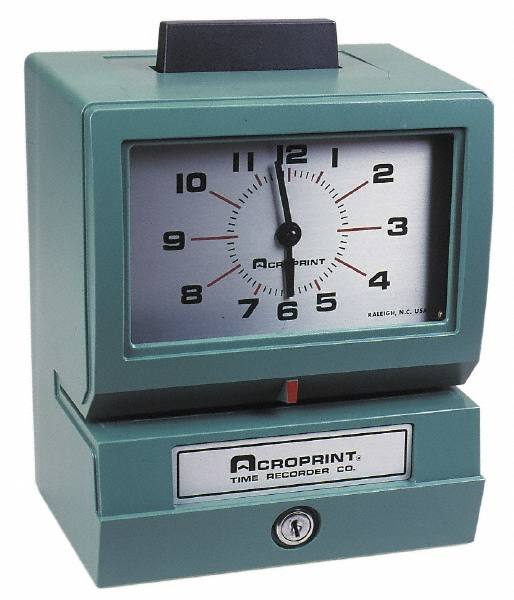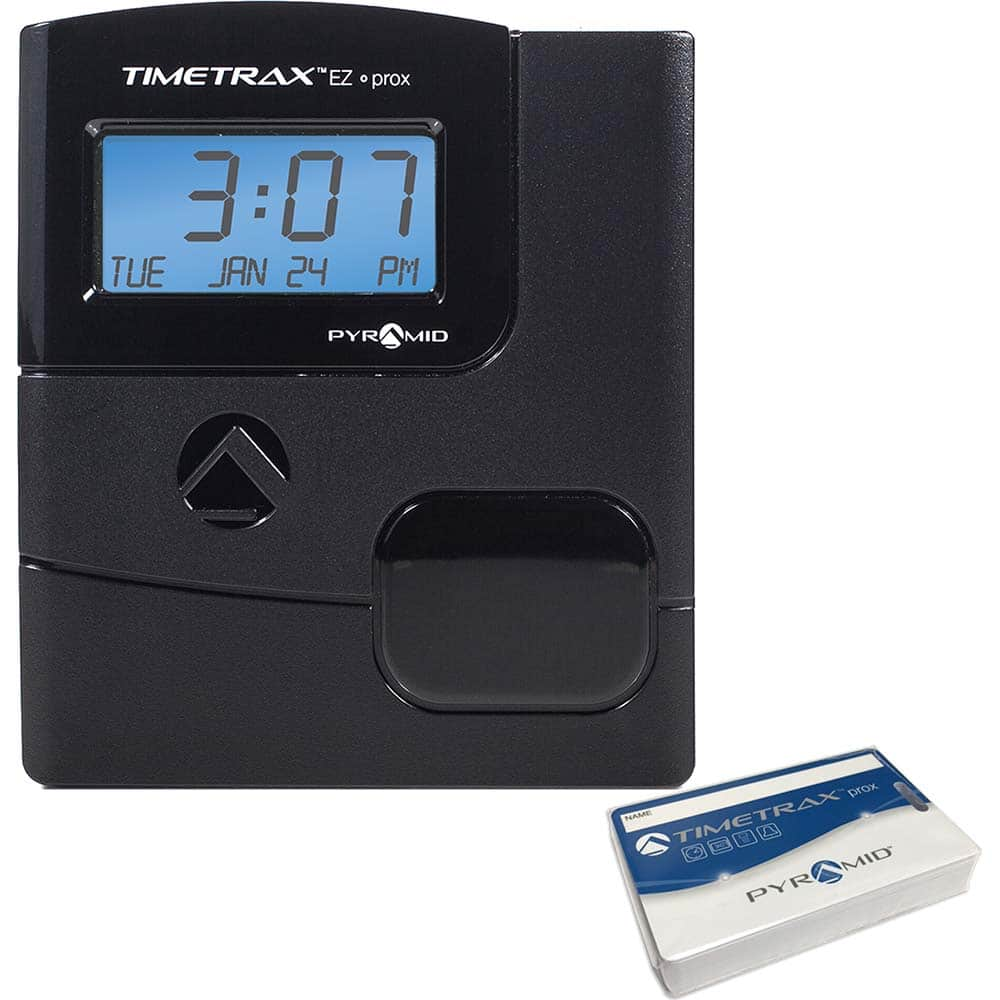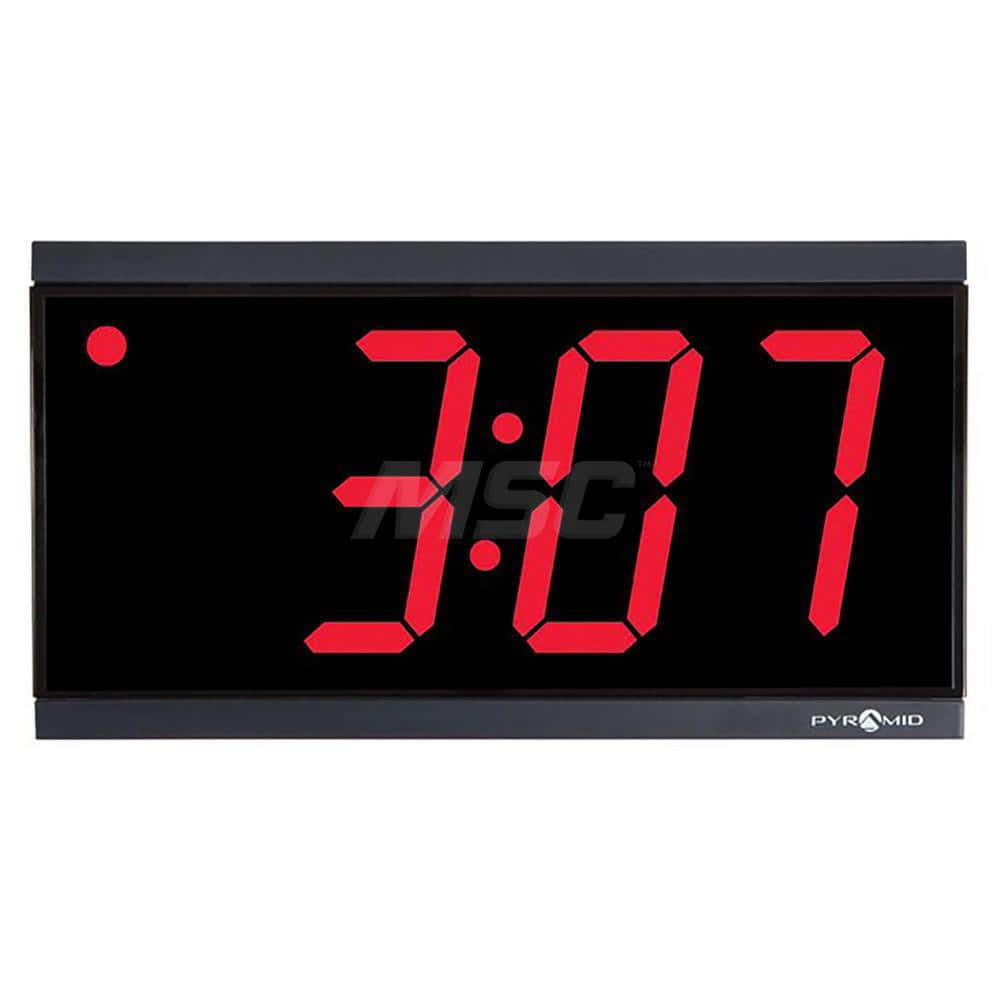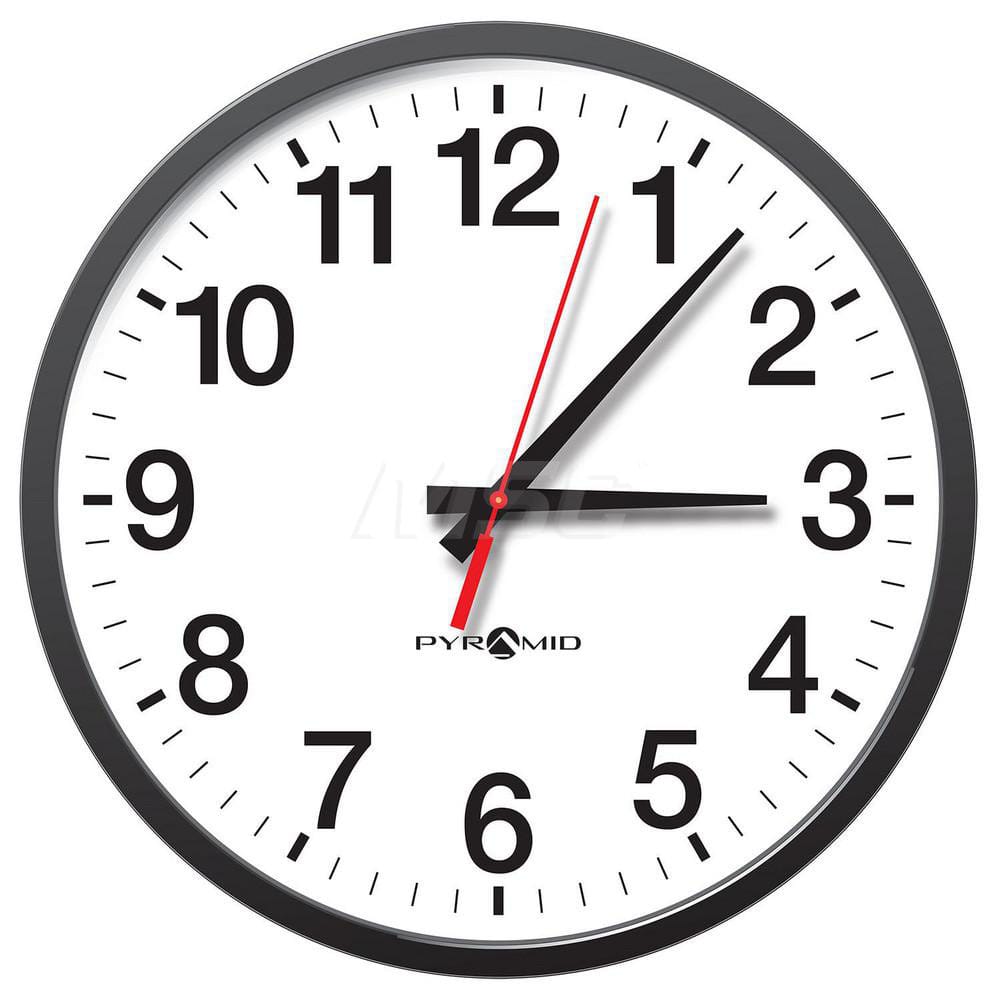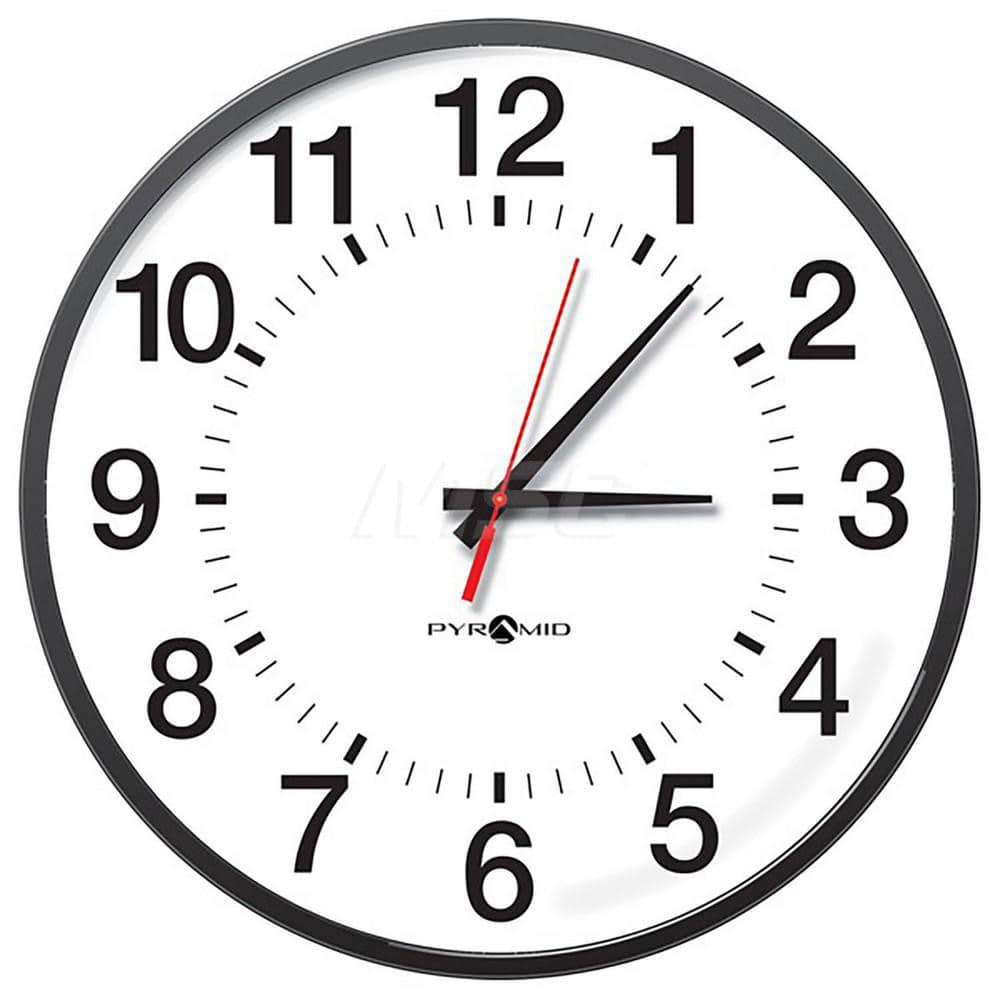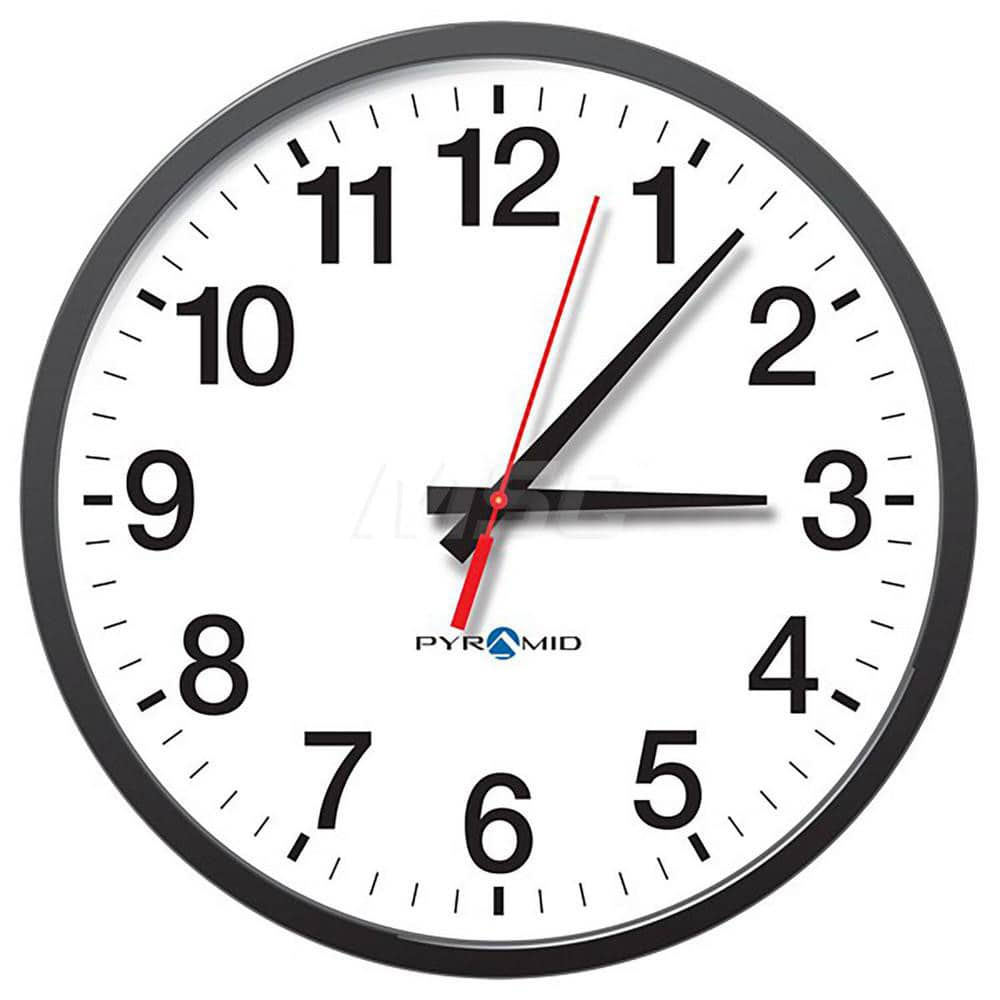Clocking In with Precision: Understanding Time Clocks and Time Recorders
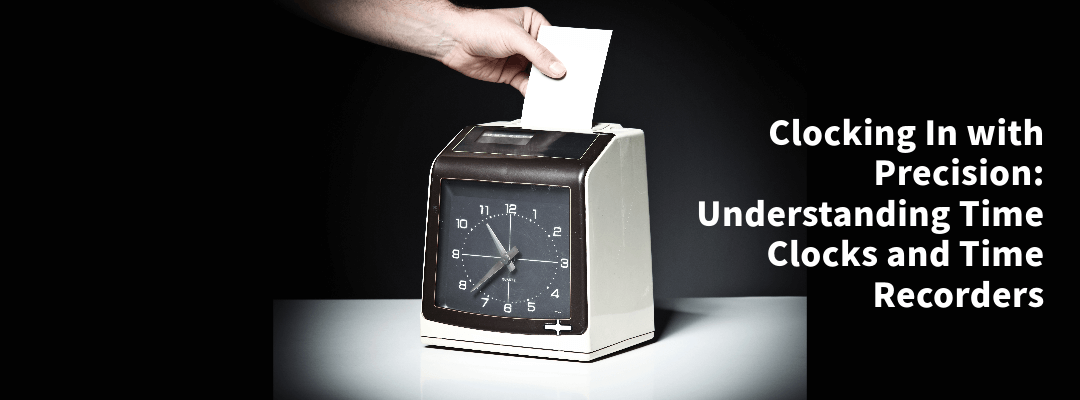
Overview
In the fast-paced world of business, keeping track of time is essential for efficiency, accuracy, and compliance. This comprehensive guide will delve into the world of time clocks and time recorders, shedding light on their various types, typical applications, and providing you with product recommendations to ensure that your timekeeping is both precise and hassle-free.
Are Time Recorders and Time Clocks Still Used Today?
In the digital age, where smartphones and computers seem to track everything, you might wonder if traditional time recorders and time clocks are still relevant. The answer is a resounding yes! Time clocks and recorders continue to play a vital role in many industries and businesses across the globe. In this section, we'll explore why these timekeeping tools remain essential and delve into the top reasons companies are still using them.
Top 10 Reasons Companies Still Use Time Recorders and Time Clocks
In the digital age, where smartphones and computers seem to track everything, you might wonder if traditional time recorders and time clocks are still relevant. The answer is a resounding yes! Time clocks and recorders continue to play a vital role in many industries and businesses across the globe. In this section, we'll explore the top 10 reasons why these timekeeping tools remain essential.
- Accuracy and Accountability: Time clocks and recorders provide a tangible and reliable way to track employee work hours. This accuracy ensures that employees are paid fairly for their time and that businesses can account for labor costs precisely.
- Labor Law Compliance: Labor laws and regulations require accurate record-keeping of employee work hours. Many businesses rely on time clocks and recorders to ensure they meet these legal requirements, avoiding potential fines and legal disputes.
- Efficiency: Time clocks streamline the clock-in and clock-out process, making it efficient for both employees and employers. This efficiency reduces time theft and eliminates manual tracking, improving overall productivity.
- Project Tracking: Businesses that bill clients based on hours worked or need to allocate time to specific projects rely on time recorders to track billable hours accurately. This data is crucial for transparent billing and project management.
- Security and Access Control: In high-security environments, such as government facilities or data centers, biometric time recorders with fingerprint or facial recognition technology enhance security. They ensure that only authorized personnel can access restricted areas.
- Resource Allocation: Time records help businesses allocate labor resources efficiently, ensuring that workforces are appropriately distributed to various tasks or projects.
- Punctuality and Accountability: The presence of time clocks encourages employees to be punctual and accountable for their work hours, reducing tardiness and absenteeism.
- Transparent Billing: Accurate time records facilitate transparent client billing, especially for businesses that bill clients by the hour or on a project basis.
- Payroll Efficiency: Automated timekeeping systems streamline payroll processes, reducing administrative workload and minimizing payroll errors.
- Data for Decision-Making: Detailed time records provide valuable data for making informed business decisions, optimizing resource allocation, and assessing employee performance.
In summary, time recorders and time clocks are essential tools that offer a myriad of benefits to businesses, ranging from precision and compliance to efficiency and security. Their relevance in today's digital world underscores their importance in various industries and underscores why many companies continue to embrace and rely on them.
Top 10 Benefits of Highly Effective Time-Recording and Time-Clocking Systems
Implementing a highly effective time-recording and time-clocking system offers numerous advantages for businesses:
- Accurate Payroll: Ensures precise calculation of employee wages, reducing errors and disputes.
- Labor Law Compliance: Helps businesses adhere to labor laws and avoid legal penalties.
- Efficient Resource Allocation: Enables the allocation of labor resources to specific tasks or projects efficiently.
- Time Theft Prevention: Minimizes unauthorized overtime and prevents time theft.
- Improved Productivity: Streamlines time-tracking processes, reducing administrative workload and freeing up time for more valuable tasks.
- Transparent Billing: Facilitates accurate client billing for hourly work or project-based contracts.
- Access Control: Enhances security by allowing authorized personnel access based on biometric data.
- Data for Decision-Making: Provides valuable data for business decisions, resource optimization, and performance evaluation.
- Enhanced Employee Accountability: Encourages punctuality and accountability among employees.
- Audit Trail: Creates a detailed record of attendance and work hours, useful for audits and compliance checks.
Top 10 Risks of Not Implementing a Time-Recording/Time-Clocking System
On the flip side, failing to implement an effective time-recording and time-clocking system can lead to various risks and drawbacks for businesses:
- Inaccurate Payroll: Increases the likelihood of payroll errors and wage disputes, which can damage employee morale.
- Legal Non-Compliance: Puts the business at risk of violating labor laws, resulting in fines and legal consequences.
- Resource Misallocation: Without accurate time data, businesses may struggle to allocate labor resources effectively.
- Time Theft: Creates opportunities for employees to manipulate time records, leading to inflated labor costs.
- Administrative Burden: Manual time tracking can be time-consuming, diverting resources from other critical tasks.
- Billing Disputes: Inaccurate client billing can lead to disputes, affecting client relationships and revenue.
- Limited Security: Fails to provide adequate access control, potentially compromising security in sensitive areas.
- Lack of Decision Data: Businesses miss out on valuable data for strategic decision-making and optimization.
- Accountability Issues: Without a clear time-tracking system, employees may be less accountable for their work hours.
- Audit Vulnerability: Lacks an organized audit trail, making it challenging to prove compliance during audits.
Businesses That Must Consider Incorporating a Time-Recording System
While time recorders and time clocks are valuable in various industries, some businesses must consider incorporating these systems due to specific needs:
- Retail: Retail businesses with multiple employees and varying shifts rely on accurate time records for efficient workforce management.
- Manufacturing: Precise time tracking ensures that manufacturing processes adhere to schedules and quality standards.
- Healthcare: Hospitals and clinics need accurate time records for staff scheduling and compliance with healthcare regulations.
- Construction: Construction companies must track hours worked on specific projects for billing and labor cost management.
- Hospitality: Hotels and restaurants use time clocks to manage employee schedules and ensure coverage during peak hours.
- Legal Services: Law firms often bill clients by the hour, making accurate time tracking essential for transparent billing.
- Security Services: Security companies use biometric time recorders for access control and guard scheduling.
- Transportation: Logistics companies track driver hours to ensure compliance with driving time regulations.
- Education: Schools and universities use time clocks for tracking employee hours and student attendance.
- Government: Government agencies rely on precise time records for payroll accuracy and compliance.
To wrap things up, time recorders and time clocks continue to be indispensable tools for many businesses. Their accuracy, efficiency, and compliance benefits make them a valuable asset in various industries. Moreover, failing to implement an effective time-keeping system can lead to risks and inefficiencies that no business can afford. Therefore, it's crucial for businesses, especially those in specific industries, to consider incorporating these systems into their daily operations to ensure precision, efficiency, and compliance with labor laws.
Time Clocks, Time Cards and Accessories
At GoVets, we offer a variety of timekeeping solutions to meet your business needs. Our product categories include Time Clocks, Office Wall Clocks, Time Cards & Time Clock Accessories, Time Clocks & Time Recorders, Clocks, Time Card and Badge Racks, Time Cards, and Time Clock Ribbons. Whether you need precise attendance tracking with time clocks or want to enhance your workspace with office wall clocks, we've got you covered. We also provide essential accessories like time cards and ribbons to keep your time clock system running smoothly. Explore our range of products and find the right timekeeping solutions for your business at GoVets.
Time Clocks:
Time clocks are electronic devices designed to record the time when an employee starts and ends their work shift. They have evolved significantly over the years, moving from traditional punch card machines to sophisticated biometric systems.
Typical Applications:
- Employee Attendance: Time clocks are commonly used in businesses of all sizes to track employee attendance. They help calculate wages, monitor tardiness, and ensure compliance with labor laws.
- Project Tracking: Some businesses use time clocks to track the time employees spend on specific projects or tasks. This data can be valuable for project management and billing clients accurately.
- Security: Biometric time clocks with fingerprint or facial recognition technology are used for secure access control. They ensure that only authorized personnel can enter restricted areas.
Product Recommendations:
Office Wall Clocks:
Office wall clocks are not just timekeeping tools; they also serve as decorative elements in a workspace. They come in various styles and sizes, suitable for different office aesthetics.
Typical Applications:
- Time Management: The primary purpose of office wall clocks is to display the current time, allowing employees to manage their workday efficiently.
- Decorative Accents: Office wall clocks can enhance the visual appeal of an office space. They come in different designs, from classic to modern, to match the office decor.
- Meeting Schedules: Wall clocks in conference rooms or meeting areas help attendees keep track of the time during discussions and presentations.
Product Recommendations:
Time Cards & Time Clock Accessories
Time cards and accessories are crucial components of a timekeeping system. Time cards are used to record employee work hours, while accessories ensure the smooth operation of time clocks.
Typical Applications:
- Hour Tracking: Time cards are used by employees to record their hours worked. These cards serve as a tangible record of their attendance.
- Replacement Parts: Time clock accessories include items like keys, ribbons, and printer paper, which are essential for maintaining and repairing time clocks.
- Organization: Badge racks and holders keep time cards and employee badges organized, making it easier to manage attendance records.
Product Recommendations:
Time Clocks & Time Recorders
This category encompasses a wide range of timekeeping devices, from traditional punch clocks to modern biometric time recorders. They play a pivotal role in managing employee attendance and time tracking.
Typical Applications:
- Attendance Tracking: Time clocks and recorders are used in offices, factories, and various industries to accurately track employee attendance, ensuring they are compensated fairly.
- Compliance: Many businesses use these devices to comply with labor laws and regulations, maintaining accurate records of work hours and breaks.
- Security: Biometric time recorders enhance security by allowing access only to authorized personnel based on their unique biometric data, such as fingerprints or facial recognition.
Product Recommendations:
Clocks
Clocks are timekeeping devices used in various settings, including offices, homes, and public spaces. They come in a wide range of styles and functionalities.
Typical Applications:
- Time Management: Clocks are primarily used to display the current time, helping individuals stay punctual and organized in their daily activities.
- Decoration: Clocks also serve as decorative elements in offices and homes. They come in diverse designs, from vintage to contemporary, enhancing the ambiance of a space.
- Meeting Schedules: In office conference rooms or waiting areas, clocks help people keep track of time during meetings or appointments.
Product Recommendations:
Time Card and Badge Racks
These racks are essential for organizing time cards and employee badges, ensuring that attendance records are easily accessible and well-maintained.
Typical Applications:
- Organization: Time card and badge racks provide a neat and systematic way to store and access employee time cards and badges.
- Efficiency: These racks help in streamlining attendance tracking processes, making it easier to locate and retrieve specific records.
- Space Optimization: By keeping time cards and badges organized on racks, it frees up desk space and contributes to a clutter-free workspace.
Product Recommendations:
Time Cards
Time cards are essential tools for employees to record their work hours accurately. They serve as tangible proof of attendance and work hours.
Typical Applications:
- Hour Tracking: Employees use time cards to document their daily work hours, including clock-in and clock-out times, breaks, and overtime.
- Payroll Processing: Time cards are fundamental for calculating employee wages and ensuring that they are compensated fairly for their work.
- Compliance: Many businesses use time cards to comply with labor laws and regulations, as accurate attendance records are crucial for legal purposes.
Product Recommendations:
Time Clock Ribbons
Time clock ribbons are consumable accessories used in certain time clocks to ensure the printing of clear and legible time records on time cards.
Typical Applications:
- Maintenance: Time clock ribbons need regular replacement to maintain the quality of time records. They are essential for ensuring that time entries are accurate and easy to read.
- Cost-Effective Printing: Using high-quality ribbons ensures that time cards are imprinted correctly on the first try, reducing the need for reprints and saving money.
- Reliability: Properly maintained time clock ribbons contribute to the overall reliability and efficiency of timekeeping systems.
Product Recommendations:
Now that you have a comprehensive understanding of time clocks, recorders, and related accessories, you can make informed choices to meet your business's timekeeping needs. Remember that precise timekeeping is not just about punctuality; it's about efficiency, accuracy, and compliance. Choose the right timekeeping solutions to help your business thrive.
The Risks of Implementing Time-Recording and Time-Clocking Systems
While time-recording and time-clocking systems offer numerous advantages, businesses must also be aware of the potential risks and challenges associated with their implementation. Failing to address these risks can lead to problems related to accuracy, fraud, data management, instrument performance, and more. In this section, we'll explore some of the key risks that companies must consider when implementing such systems.
- Incorrect Timekeeping: One of the primary risks associated with time-keeping systems is the potential for incorrect time records. Whether due to technical glitches or human error, inaccurate time records can result in incorrect payroll calculations and employee disputes. To mitigate this risk, companies must regularly audit and verify time records.
- Fraudulent Timekeeping: Some employees may attempt to manipulate time clocks or recorders to log hours they did not work. This fraudulent timekeeping can lead to inflated labor costs and undermine the integrity of the system. Implementing strict security measures, such as biometric authentication, can help deter fraud.
- Data Loss: Data management is critical when implementing time-keeping systems. Losing historical time records can disrupt payroll processing, compliance efforts, and employee trust. Regular data backups and secure storage solutions are essential to prevent data loss.
- Instrument Performance Issues: Time clocks and recorders are electronic devices that can experience technical issues over time. Hardware failures or software glitches may result in unreliable time records. Routine maintenance and prompt repairs are crucial to ensure instrument performance.
- Unclear Procedures for Employees: If employees are not provided with clear instructions on how to use the time-keeping system, confusion may arise. This can lead to mistakes, missed clock-ins, and frustration. Companies should establish and communicate clear procedures for employees to follow.
- Improper Training: Inadequate training on the use of time clocks and recorders can result in employees making errors when clocking in and out. Training programs should be comprehensive and ongoing to ensure that employees understand the system's operation.
- Inconsistent Record Keeping: Poor record-keeping practices can lead to disorganized time records, making it challenging to access and analyze data when needed. Businesses should establish consistent record-keeping processes and designate responsible personnel.
- Bad Management and Oversight: Lack of effective management and oversight can lead to the neglect of time-keeping systems. When management is not actively monitoring the system, issues may go unresolved, and employees may take advantage of lax enforcement.
- Compliance Risks: Failing to adhere to labor laws and regulations regarding timekeeping can result in legal risks and penalties. Companies must stay informed about labor laws in their region and ensure that their time-keeping practices align with legal requirements.
- Employee Resistance: Some employees may resist the implementation of time-keeping systems, viewing them as intrusive or unnecessary. Overcoming employee resistance through effective communication and demonstrating the benefits of accurate timekeeping is essential.
To mitigate these risks effectively, companies should adopt a proactive approach to time-keeping system implementation:
- Invest in Reliable Systems: Choose reputable time-keeping systems with a track record of accuracy and durability.
- Provide Comprehensive Training: Ensure that employees are well-trained in using the system and understanding its importance.
- Implement Security Measures: Employ security features like biometric authentication and access controls to prevent fraud.
- Establish Clear Procedures: Document clear procedures for employees to follow, reducing errors and confusion.
- Regular Audits and Maintenance: Conduct regular audits of time records and perform maintenance on time-keeping instruments to address issues promptly.
- Compliance Awareness: Stay up to date with labor laws and ensure that time-keeping practices align with legal requirements.
- Effective Management: Assign responsible personnel to oversee the system and address issues as they arise.
In conclusion, while implementing time-recording and time-clocking systems offers substantial benefits, companies must be vigilant about the potential risks associated with these systems. By taking proactive steps to address these risks, businesses can maximize the advantages of accurate timekeeping, maintain compliance, and ensure employee trust in the system's fairness and reliability.



